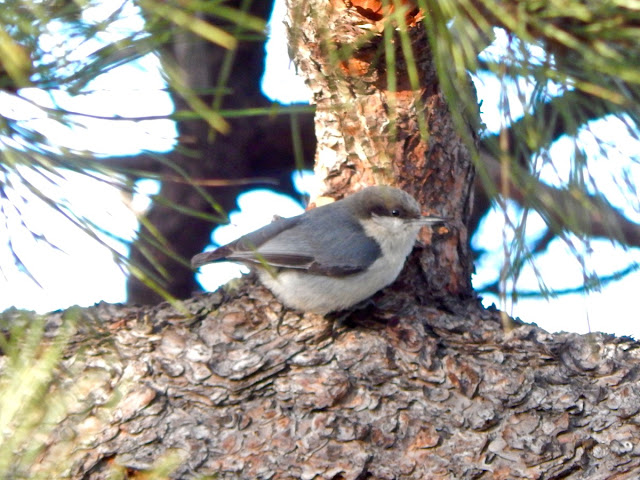Zebra - Struggling to Survive in East Africa

Grevy's Zebra The Grevy's zebra is struggling to survive on the dry savanna of East Africa. They subsist on what meager grasses and shrubs are available in the semi-desert. Water is so scarce that the zebras sometimes have to go five days without a drink. In such a forbidding landscape, social structure is non-existent. It's every creature for itself. The one exception is the lasting bond between mare and foal. A newborn zebra will follow anything that moves so it's imperative for the mother to imprint her own striping pattern, scent and vocalization on the baby. The Grevy's freefall towards eradication began in the 70s as stripes became all the rage in western fashion. Zebras were poached for their striking skins which fetched outrageous prices on the world market. In 1970 there were 15,000 Grevy's zebras in the wild, today there are about 2,000. Rebounding from such a devastating assault has been difficult. The zebras are losing their habitat to increas
























